Convento de los Descalzos (Convent of the Barefoot), Rimac (Peru)
Hello everyone, I hope you're all doing well!
Continuing with the tradition of my other posts regarding the many beautiful monuments found in Lima, today I want to share with you more about the district of Rimac, found just across the Trujillo bridge in the historical center of Lima.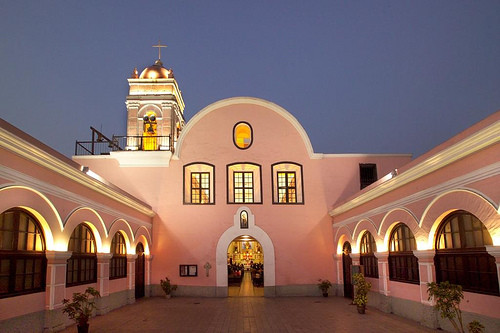
Journey from Lima to el Rimac
This short trip can be done on foot starting in the plaza de armas de Lima, el Rimac can bea accessed simply by crossing the Trujillo bridge as I mentioned. After crossing you will be met by what is called the smallest chapel in the world.
After about 60 meters you will arrive at the San Lazaro church, and past this is the Alameda de los descalzos. This area is seen as an older part of Lima but when it was created in the 17th century it was seen as the center of modernism, the district of Rimac next to Lima is one of the places where we will find many places of interest that leave tourists amazed without really ever having to leave the city of Lima.
Just beyond the alameda de los descalzos is the Convento y Museo de los Descalzos which welcomes us with its typical religious-style façade, a reminder of how much lima has changed and how much distance there truly is between the Lima of today and the Lima of colonial times when religious fervor was stronger.
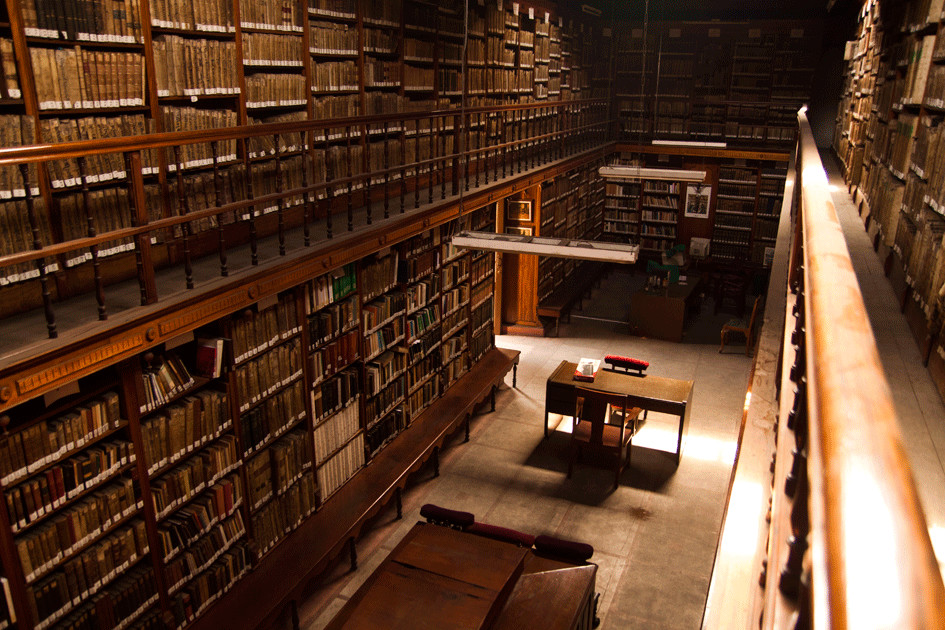
Origins
To understand the histroy of this place we must first begin with the convento Nuestra señora de los Ángeles which was inaugurated in 1595, only 6o years after Lima became a colonial Spanish city.
It is precisely here that the Convento de los Descalzos is located. The location was not always in the center of Lima, however with the massive growth of the city it remained in an centralized part of the city as other areas formed around it to create the bustle that today characterizes the old district.
There was a collection house here called Nuestra señora de los Ángeles and was later renamed by the people of Lima as the Convento de los descalzos (Convent of the barefoot). Today it is one of the most monumental sites of Lima, intended to welcome young devotees who wish to lead a more austere life of prayer and penance, in the Franciscan tradition.
Francisco Solano and his rabel
Even today within the museum's premises you can find different monks and priests of the Franciscan order; throughout the history of the convent its inhabitants have included notable figures such as San Francisco Solano, who was known to be the guardian of the Convent. This example reminds me of the times when I was a tourist guide in the convent of San Francisco de Lima and there were different paintings of the saint with his rabel, an instrument similar to a violin which only has three strings; according to stories, San Francisco Solano used to go to the squares of Lima to play this instrument to catch the attention of the people, after finishing playing San Francisco Solano would start preaching the word of god for all the people who had already been seduced by the melody of the rabel.
Origins of the Museum
In the year 1972 the convent was declared a national historical monument and in 1979 it was converted into a museum and since then its doors have been open to the public, where the urban environment has spouted deep roots and created a religious syncretism. Lima has become the cradle and symbol of various religious characters such as Santa Rosa de Lima, San Martín de Porres and San Juan Masías, among others.
As the years have gone by we can see why the location here is so ideal, with the beautiful houses, churches, and avenues nearby. The alameda de los descalzos was built with the intention of beautifying the convent and is now a marvelous sight.
The sculptures here represent the zodiac signs brought from Italy, as well as vases brought from France. This all originates from the 17th century, when Lima was a luxurious and pompous city like none other in Peru.
In the 17th century it was custom to bury people in the atriums of hospitals, its possible that María Micaela Villegas Hurtado de Mendoz better known as “Miquita” or “La Perricholi” was buried in one of these atriums as was indicated in her will.
El convento de los descalzos has simple architecture without any complex decorations, with long quiet hallways located at the foot of the San Cristobal Mountain. As a result of the varying altitudes around the mountains some areas at different heights are connected by stairs.
The Museo de los descalzos is fighting against the effects of time working hard to restorage various artworks, for example the portrait of San Francisco.
To understand the restoration process the restorator must understand the work of art, and know all its details to fully be able to appreciate the piece and do it justice in their work. We have for example the Fundación Descalzos de Lima which cares for cultural symbols and items found within the Museum, it has existed for four centuries.
It's important to highlight the valuable work that this foundation does with the art in the convent, if you are a lover of Peruvian religious art here you will find a lot of material here that you can enjoy.
Being inside the convent is like going back in time, its like seeing what the Franciscan monk experience was like and what their intimate spaces looked like.
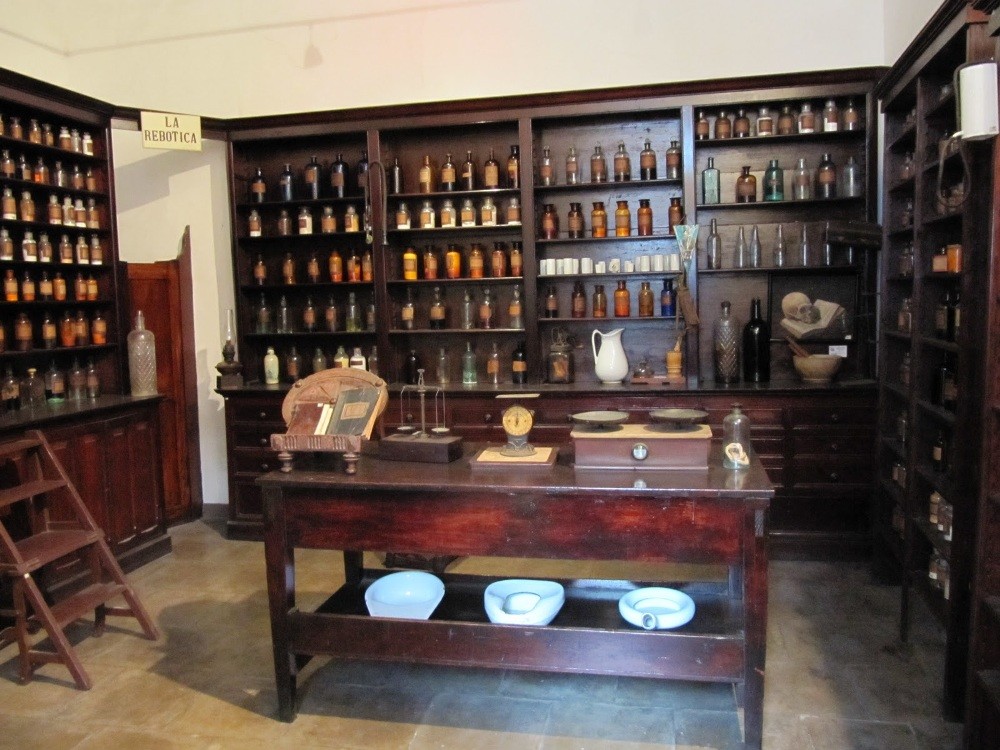
In its cloisters you can still feel that atmosphere of mysticism around preachers like San Francisco Solano, the museum has two main goals: first to show a slice of the life of the priests who lived here and secondly to serve as a gallery to display all the art.
The Tour of the Convent starts from the original gate and then moves to what would be the lobby, from there begins the tour through all the cloisters that have served as rooms for priests, for example we have the cloisters with different names such as the cloister of St. Francis of Assisi where you can see the room of the guardian father, this room also served to accommodate the guests of the convent; there are various other rooms that were used for various activities by the religious order within the convent.
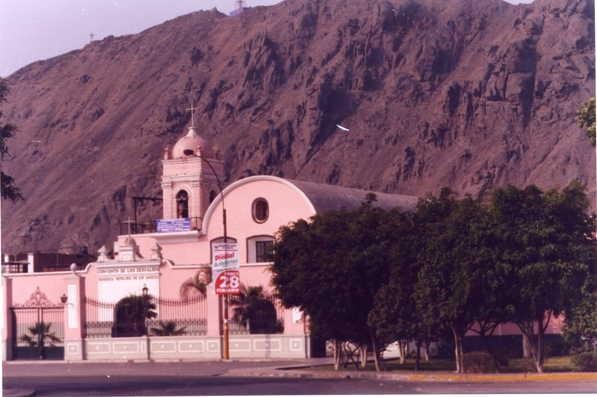
The Printing Press
Another space that can be toured is the printing press, the preferred technique of engraving with which they made many books.
The cell of the sick
There is also the living space of the Franciscan brothers often used to serve the needy, in addition to an apothecary in impressively good condition. While here you can also take some time to look through notebooks and read some of the annotations about the many natural medicines that were studied here. There is also a space known as "la rebotica" where all these local remedies would be made.
The chapel choir
From the choir area we could pass through the higher area where the sickly could come and be present for mass, this chapel is known as Virgen del Carmen and dates to 1733, it has a blue and white façade and in its main attraction is an image of nuestra señora del Carmen, thankfully efforts have been able to preserve its use to this day. You can also find the famous choral books, a collection of around 4o books kept at this location.
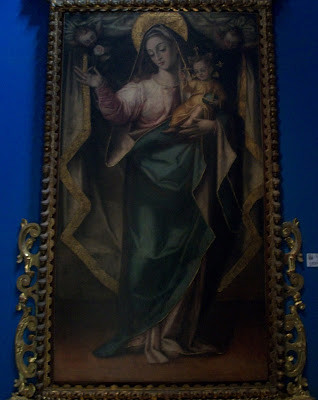
Luxury canvas collection
Without a doubt one of the main reasons people come to visit the convent us its large extended gallery that is scattered throughout the museum consisting of approximately 500 paintings where we can all admire the work of art institutes such as the Limeña school for example, as well as the Cuzqueña and la Quiteña and the European Baroque.
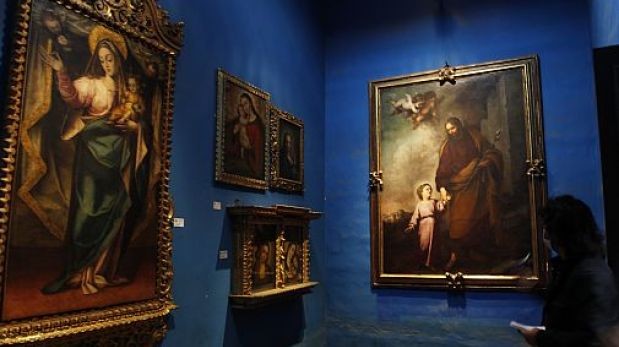
The art at the convento de los descalzos is so large and marvelous than we can for example see example that one of the first paintings preserved by the convent belonged to the great Angelino Medoro made in the year 1600, this same painter also has works displayed inside the convent of San Francisco de Lima.
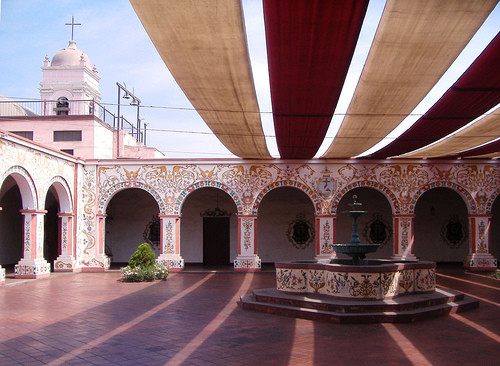
Angelino Medoro was an Italian artist who came to Lima to create a number of works. In the nuestra señora de los angeles hall, there is a chapel made by Angelino Medoro himself, which according to the story, the national hero of Peru Miguel Grau came to before leaving for the Pacific War, so many different stories connected to one single place!
Another artist who also left his mark on the convent was Bernardo Bitti of the order of the Jesuits, this order was expelled from the viceroyalty of Peru in the eighteenth century which is why it's so surprising to find canvases that belonged to this particular religious order.
Each of their canvases is noteworthy because despite their vows of poverty they had the privilege of having such a valuable collection of art that made their home such a remarklable place, their convent has a lot of charming details, for example the Cloister of Ayacuchano with decorations painted around him.
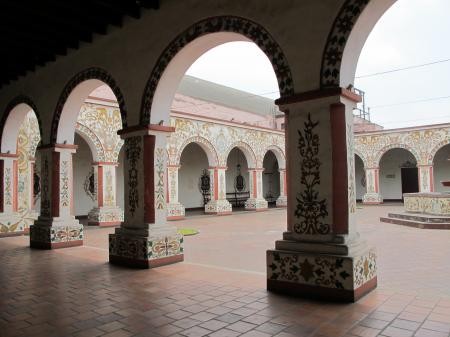
Near this area is a painting of a crucified christ that attracts much attention, it is said that the painter commanded to have a real living person crucified in order to obtain the realism of the painting.
The "reflectorio"
The reflectorio was where the Franciscans cooked and ate their food. In the museum time really hasn't passed for over 400 years, centuries of continuous history without much if any change has allowed this place to leave a characteristic mark on the city of Lima.
It is a very complex museum and I highly recommend you take the time to check it out. Here you can see many interesting things that will surprise each and every person that passes through its hallways. There are many stories and interesting anecdotes that have made this place have such a longlasting mark on the collective memory of the city of Lima.
Thank you for reading this post! Visiting the convent of barefoot has also brought back many memories about my time as a tour guide in the center of Lima near the museum of the catacombs of San Francisco.
Come to see Lima and the old district of Rimac, a wonderful place that despite having a few lasting problems improves little by little everytime someone comes to visit. See you all soon! Have a nice day.
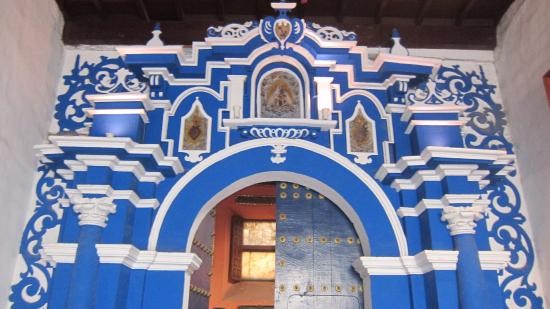
Photo gallery
Content available in other languages
- Español: Convento de los Descalzos del Rimac
- Italiano: Convento de Los Decalzos, Rimac (Perù)
Want to have your own Erasmus blog?
If you are experiencing living abroad, you're an avid traveller or want to promote the city where you live... create your own blog and share your adventures!
I want to create my Erasmus blog! →
























Comments (0 comments)